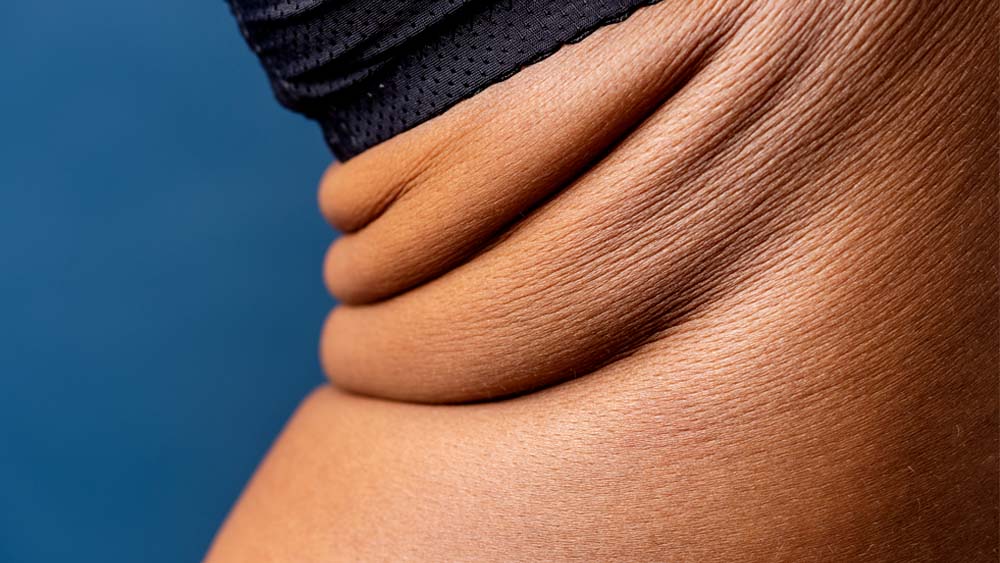Your waistline can reveal a lot about your health. Learn why belly fat becomes more common after menopause, the risks it poses, and what you can do to manage it.
As women age, particularly after menopause, fat tends to accumulate around the abdomen. This isn't just an inconvenience when trying to zip up your jeans—it also brings significant health risks. However, the good news is that these risks can be reduced.
Why Belly Fat Happens
Several factors influence weight, including:
- Calories consumed daily.
- Calories burned daily.
- Age.
- Genetics.
When you consistently consume more calories than you burn, you’re more likely to gain weight, including belly fat. Age plays a role as well, since people tend to lose muscle mass over time. For those who aren’t physically active, this loss of muscle slows down calorie usage, making it harder to maintain a healthy weight.
Many women also experience an increase in belly fat without gaining weight overall, likely due to a drop in estrogen levels, which influences fat distribution. Genetics can also determine your body’s tendency to store fat.
Belly Fat: More Than Skin Deep
Belly fat consists of more than just the layer under the skin (subcutaneous fat). It also includes visceral fat, which surrounds internal organs deep within the abdomen. Even if you're not overweight, having a large amount of belly fat can increase your risk of:
- High blood pressure
- Excess fat in the blood
- Sleep apnea
- Heart disease
- Diabetes
- Certain cancers
- Stroke
- Fatty liver disease
- Early death from any cause
Measuring Belly Fat
To check if your belly fat is a concern, measure your waist:
- Stand and wrap a tape measure around your bare stomach, just above your hipbones.
- Pull the tape snugly, but don’t compress the skin. Make sure it’s level all around.
- Relax, exhale, and measure without sucking in your stomach.
A waist measurement of over 35 inches (89 cm) in women signals an unhealthy level of belly fat and a higher risk of related health issues. The larger the measurement, the higher the risk.
How to Reduce Belly Fat
While abdominal exercises like crunches can strengthen your core, they won't directly eliminate belly fat. However, the same diet and exercise habits that reduce overall body fat also help reduce visceral fat. Here’s how to start:
- Eat a healthy diet:
- Focus on plant-based foods like fruits, vegetables, and whole grains.
- Choose lean protein sources such as fish and low-fat dairy.
- Limit processed meats and saturated fats from meat and high-fat dairy like cheese and butter.
- Opt for moderate amounts of healthy fats (monounsaturated and polyunsaturated), found in fish, nuts, and certain oils.
- Watch portion sizes: Even healthy foods can lead to weight gain if you eat too much. Reduce portions at home and consider sharing meals or saving half for later when dining out.
- Cut sugary drinks: Replace sweetened beverages with water or drinks without added sugars.
- Get active: The Department of Health and Human Services recommends at least 150 minutes of moderate aerobic activity (e.g., brisk walking) or 75 minutes of vigorous activity (e.g., jogging) weekly, along with strength training exercises twice a week. High-intensity interval training (HIIT) and strength training can be particularly effective in reducing belly fat.
Losing belly fat requires consistency and patience. Aim for gradual weight loss to keep it off for the long term. Consulting a healthcare provider can help you stay motivated and on track.

